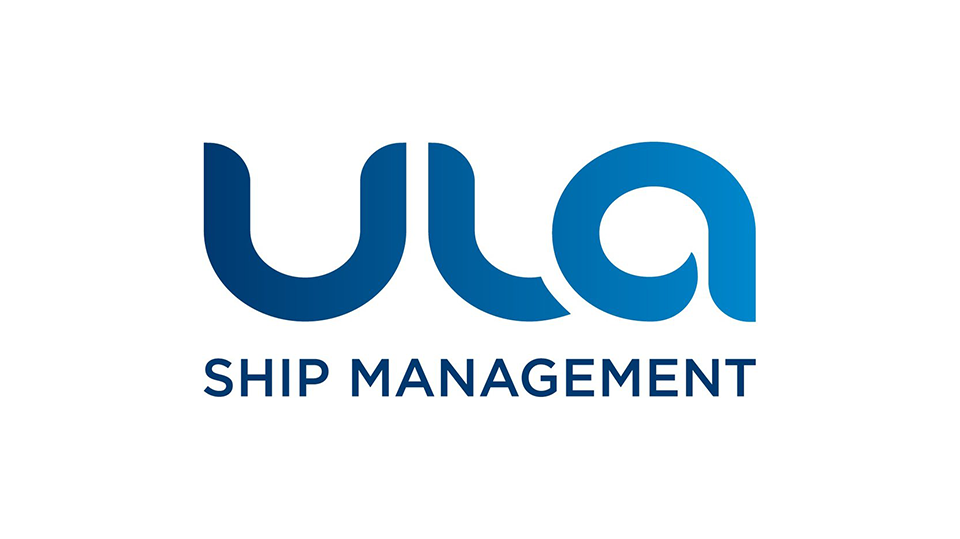BSM and the Norwegian ammonia specialist Amon Maritime have created a 50/50 joint venture to offer ship management services for the Norwegian market, specialising in ammonia-powered vessels, but open to all types of ships. Announced during Nor-Shipping in Oslo, Ula Ship Management will be based in Sandefjord in southern Norway.
Nick Topham, Managing Director of BSM Deutschland, says: “The cooperation with Amon Maritime is a milestone in the further development of our ship management services. Ula Ship Management promotes accessing the strong Norwegian market with its diversely positioned ship owners. At the same time, we are consciously entering the operation of ammonia-powered vessels. With Amon Maritime, we have a partner at our side who has extensive expertise in this innovative and sustainable field. Our experience is an excellent match.”











